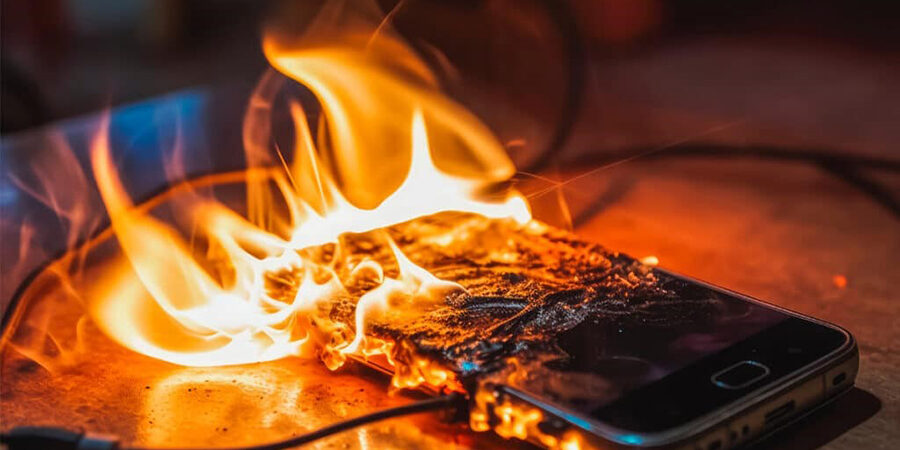Many electronics are powered by lithium-ion batteries, including smartphones, tablets, power and lawn tools, laptops, headphones, and toys. According to the National Fire Protection Association, these batteries are largely used without incident but have the potential to overheat, start a fire, or explode if not used correctly or damaged.
Incidents involving lithium-ion batteries have been on the rise in recent years, reinforcing the importance of how to use, handle, and recycle them safely. The following are safety tips for lithium-ion batteries:
Buy only listed products
- When buying a product that uses a lithium-ion battery, take time to research it. Look for a stamp from a nationally recognized testing lab such as UL, ETL, or CSA on the packaging and product.
- Many products sold online and in stores may not meet safety standards and could increase the risk of fire.
Charge devices safely
- Always use the cables that come with the product to charge it. Also, charge the device in accordance with the manufacturer’s instructions.
- If you need a new charger, buy one from the manufacturer or one that the manufacturer has approved.
- Charge your device on a hard surface. Don’t charge it under a pillow, on a bed, or on a couch. This could cause a fire.
- Don’t overcharge your device. Unplug it or remove the battery when it’s fully charged.
Recycle batteries responsibly
- Don’t throw lithium-ion batteries in the trash or regular recycling bins because they could catch fire.
- Recycling your device or battery at a safe battery recycling location is the best way to dispose of them. Visit www.call2recycle.org to find a recycling spot near you.







